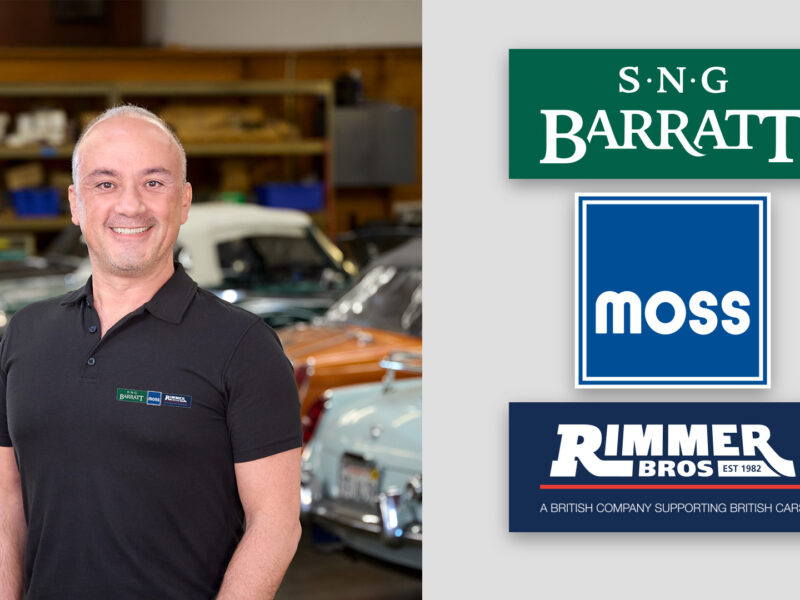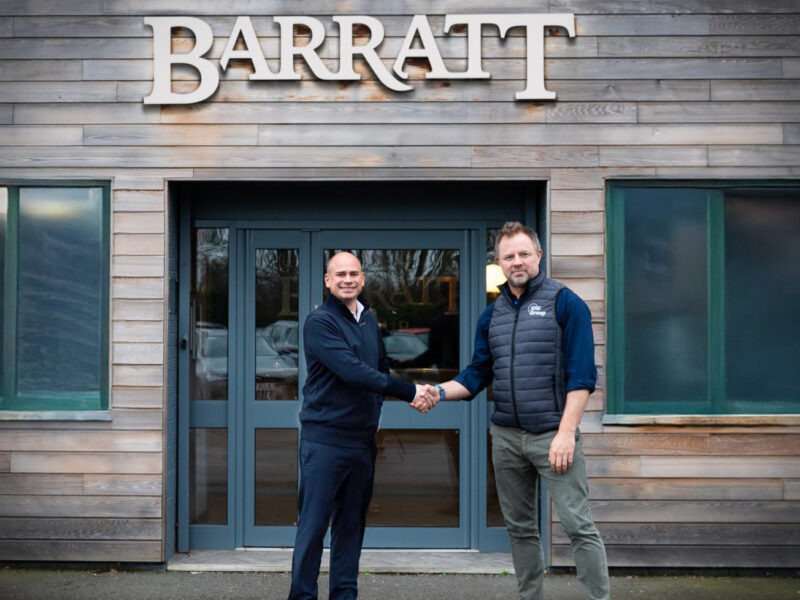Life is so complicated these days that simplicity once again is assuming the mantle of a virtue. Yet the auto industry continues to offer an incredible array of equipment that serves to distance drivers from the pure driving experience. Some of today’s performance machines are so over-engineered with systems like active suspensions and speed variable power-assisted steering, that the operator is isolated from the driving equation.
Ad copy writers have fed 1990s enthusiasts a diet of power side mirrors, air conditioning that is adjustable to the preferences of both driver and passenger, and multi-speaker sound systems that surround the occupants with hi-fidelity music… or informs them why they are trapped in traffic that creeps along at 5 mph. Two-ply glass in electrically operated windows serves both as a barrier against outside sounds and as temperature insulation. And drivers can relax in the knowledge that the bumper-to-bumper warranty will still be in force when their leases expire.
Crawling along a vehicle-constipated freeway in one of today’s technological wonders which purports to be a latter-day reiteration of the traditional sports car, my thoughts took me back to the era to which this car company’s ad agency traced its lineage.
My last pure and simple sports car, a very early 1958 Austin-Healey Sprite, was not equipped with an air bag, nor with any of the earlier mentioned amenities. Hell, it didn’t even have exterior door handles or a trunk lid. Aside from flimsy, for-emergency-use-only side curtains, it wasn’t equipped with any windows at all, much less electrically operated ones, and the Lucas side (wing) mirrors featured convex glass for a wider, though somewhat misleading, view to the rear. The bumpers most definitely were not engineered to survive unscathed in the event of a 5 mph collision, which was okay with me because my Sprite’s front bumper remained on a shelf in my garage the entire time I owned the car. There really was no need for a radio, as there was so much mechanical and road noise that I wouldn’t have been able to hear a thing.
But what my 1958 Austin-Healey Sprite did have was the ability to provide more fun per mile, per hour and, most assuredly, per dollar, than just about any other car I have ever owned. This delight was due, in large measure, to the sedan-based pushrod four cylinder powerplant that displaced less than a liter and which had to be exercised vigorously to attain any sort of performance. Even then, frequent gear changes were required to keep the tach needle in a useful rpm range.
The happy result of engineering best described as a raid on the Morris Minor 1000 and Austin A40 parts bins, the Sprite carried a sticker price of $1,800 in 1958… and that, by the way, was the first year of the federal price label. Prior to that time, it was assumed that most car buyers had enough intelligence to deal with the local car dealer without any help from the now omnipresent bureaucracy. But I digress.
Why did the Sprite come about? A simple answer would be that it was the result of inflation, but not the monetary kind of inflation. In those days, the size-equals-value syndrome was alive and well, reflected by the fact that each year cars grew larger, heavier, more powerful and, in all too many instances, more ornate. The Austin Healey 100-4, introduced in 1954 for about $2,500, in five short years had evolved into the 100-6 with two added cylinders and a bit more avoirdupois…leaving a void in the entry-level market. The Sprite came into being to fill that vacated niche. And it did so, as outlined above, in the most basic manner.
I admit to having questioned the wisdom of Donald Healey et al. in their ultra Spartan approach; this was a sports car with zero frills, not even a trunk lid or a vestige of carpeting. The clamshell hood, actually the forward one third of the Sprite’s bodywork, was secured by a mundane chrome plated T- handle. But those initial misgivings gave way to awe and admiration when I drove a Sprite for the first time, after which I was obliged to look upon cars like the MGA and “big” Healey as comparatively cumbersome and needlessly luxurious. Here was the essence of the sports car, distilled down to its visceral lowest common denominator.
That early Sprite seemed at first to be twitchy in its polo pony response to steering commands, and engagement of its always noisy, non-synchromesh bottom gear was sometimes a bit balky. Weather protection wasn’t weather protection, and the normal noise level precluded a radio. In the styling department, the protruding “bug-eye” headlamps required some period of getting used to, as did the dash-mounted, non self-canceling turn signal switch.
Rather than detract from one’s enjoyment, these idiosyncrasies all fell on the plus side of the ledger, giving the operator nothing to distract from concentrating on achieving a symbiosis with the car and the road. I recall driving home from Watkins Glen in 1959, so thoroughly enjoying the rise and fall of the Sprite’s exhaust note on the undulating, winding secondary road between Binghamton and Barryville, that the New York state policeman’s siren took me completely by surprise. Fortunately, the local magistrate understood my Sprite-induced preoccupation and assessed the minimum fine. Then there was the interclub race at Lime Rock a month later when, competing in the rain on OEM Dunlop Gold Seal tires, I was put a lap down on a 10-lap race by Harry Carter, whose Sprite was on Michelin X radials. Such are the memories of this wonderful, no-frills sports car that indeed was greater than the sum of its parts.
In its later iterations, the Sprite/Midget/Spridget became faster, marginally more comfortable, and more modern…even to the extent of a weatherproof top and wind-up windows. No matter…it was at worst enjoyable, and at best a total delight.
(Congratulations to Colin Seeger of Las Vegas, NV., for submitting the winning column name “At Full Chat.” We salute his inventiveness and knowledge of “proper” English in choosing such an original name, used in Great Britain to mean “At Full Speed” —Ed.)







'At Full Chat: Summer 1999' has no comments
Be the first to comment this post!